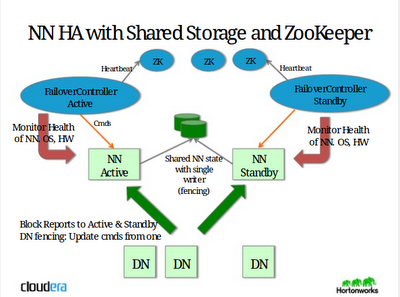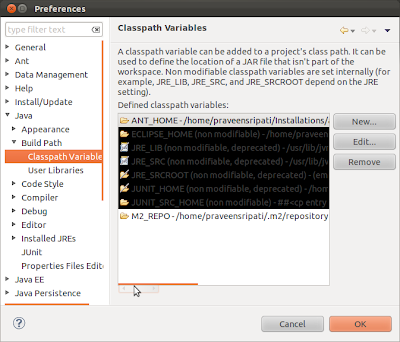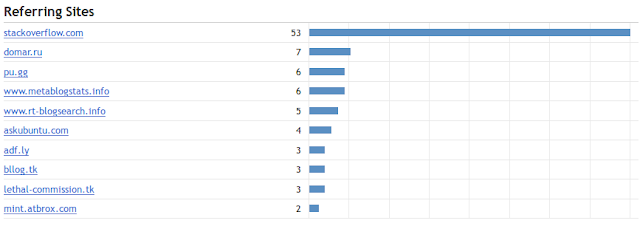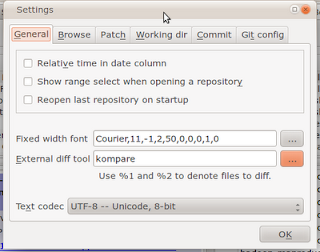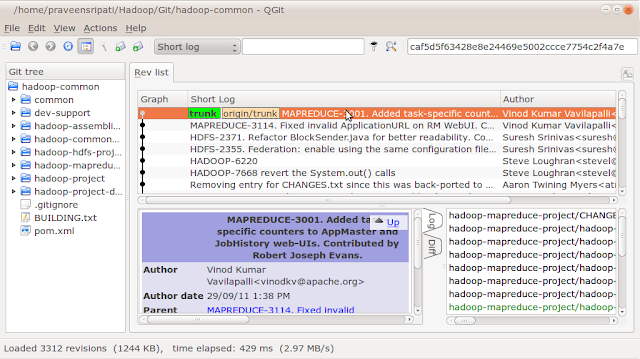The below program accumulates the values sent to the mapper in valueBuff of type ArrayList<Text> (at line 21) and prints the ArrayList in the AccumulateKVMapper#cleanup method (at line 28).
The input to the job is
The expected output is
But, the output of the program is
What's wrong with the above program? I have tried it against 0.22 release in Local (Standalone) Mode, but it should behave the same with other releases and also in Pseudo-Distributed and Fully-Distributed Mode.
Respond back in the comments and I will give a detailed explanation once I get a proper response.
import java.io.IOException;
import java.util.ArrayList;
import java.util.Iterator;
import org.apache.hadoop.fs.Path;
import org.apache.hadoop.io.LongWritable;
import org.apache.hadoop.io.Text;
import org.apache.hadoop.mapreduce.Job;
import org.apache.hadoop.mapreduce.Mapper;
import org.apache.hadoop.mapreduce.lib.input.FileInputFormat;
import org.apache.hadoop.mapreduce.lib.output.FileOutputFormat;
public class AccumulateKV {
static class AccumulateKVMapper extends
Mapper<LongWritable, Text, LongWritable, Text> {
public ArrayList<Text> valueBuff = new ArrayList<Text>();
public void map(LongWritable key, Text value, Context context)
throws IOException, InterruptedException {
valueBuff.add(value);
context.write(key, value);
}
protected void cleanup(Context context) throws IOException,
InterruptedException {
for (Text o : valueBuff) {
System.out.println("value = " + o.toString());
}
}
}
public static void main(String[] args) throws Exception {
if (args.length != 2) {
System.err
.println("Usage: AccumulateKV <input path> <output path>");
System.exit(-1);
}
Job job = new Job();
job.setJarByClass(AccumulateKV.class);
FileInputFormat.addInputPath(job, new Path(args[0]));
FileOutputFormat.setOutputPath(job, new Path(args[1]));
job.setMapperClass(AccumulateKVMapper.class);
job.setOutputKeyClass(LongWritable.class);
job.setOutputValueClass(Text.class);
System.exit(job.waitForCompletion(true) ? 0 : 1);
}
}
The input to the job is
Berlin-Germany New Delhi-India Kuala Lampur-Malaysia Pretoria-Sri Lanka
The expected output is
value = Berlin-Germany value = New Delhi-India value = Kuala Lampur-Malaysia value = Pretoria-Sri Lanka
But, the output of the program is
value = value = value = value =
What's wrong with the above program? I have tried it against 0.22 release in Local (Standalone) Mode, but it should behave the same with other releases and also in Pseudo-Distributed and Fully-Distributed Mode.
Respond back in the comments and I will give a detailed explanation once I get a proper response.











